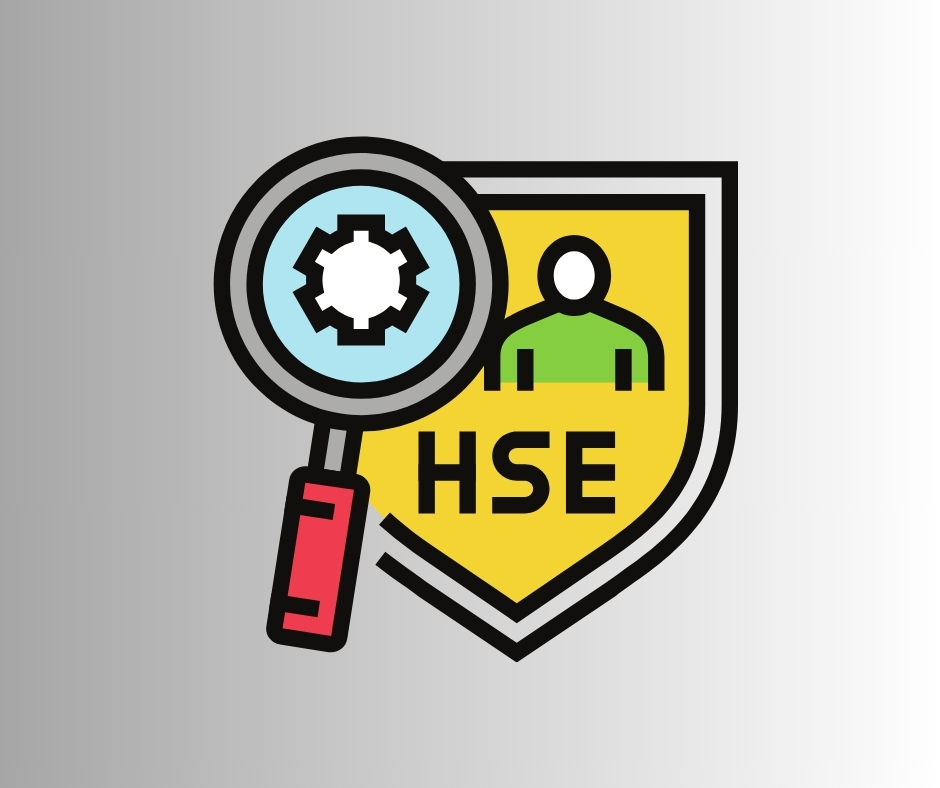
Health, Safety, and Environment are referred to as HSE. It is a framework that businesses utilize to guarantee environmental sustainability, worker well-being, and workplace safety. The ultimate goal of HSE principles is to provide a safe and healthy work environment by reducing risks and preventing accidents and injuries. avoiding mishaps, injuries, and other crises in the building. This include putting emergency preparedness plans, security systems, and fire safety measures into action as well as making sure safety rules are followed.
We use sustainable measures to reduce the facility’s environmental impact. This covers water conservation, waste minimization initiatives, energy efficiency initiatives, and ethical material sourcing. To cut waste and expenses, we strive to use energy-efficient technologies, conduct energy audits, and keep an eye on energy usage.
Implementing recycling and composting initiatives, as well as cutting waste production through environmentally friendly purchasing methods, are our main priorities.
With the help of ergonomic furniture, adequate lighting, ventilation, and temperature control, we also create a cozy and healthful atmosphere.

Facility managers create and carry out HSE policies and procedures, which are essential to the implementation and upkeep of HSE programs. It involves monitoring and assessing HSE performance as well as educating employees on HSE protocols. We work with stakeholders to guarantee HSE compliance while staying current on pertinent laws and best practices.
In facilities management, workplace health and safety are crucial for both the general well-being of employees and the company’s success. Poor health and safety procedures can have serious repercussions because facilities management firms provide services that involve machinery, equipment, tools, and more. The key to recognizing and reducing hazards is having effective health and safety management, therefore it is imperative to invest in HSE facility management services.
There are several distinct duties related to facilities management, particularly those related to health and safety. Knowing who they lie to is crucial since they have a lot of obligations; frequently, they lie to several persons. In many cases, responsibility for health and safety can be shared by several individuals at various levels, and in the broadest sense, it is everyone’s responsibility.
Concerns like asbestos management, electrical safety, fire safety, and water safety are all part of the crucial field of health and safety management. If not managed properly, any of these areas may have negative, long-lasting impacts on the health and safety of clients, staff, and companies. In the UK, the landlord or building owner/managing agent is often responsible for adhering to health and safety standards. The lease agreement should outline who is accountable for rental facilities: the landlord or the tenant.
By using a facilities management company, you can be sure that your health and safety regulations are being followed. You can also have a crew on hand to do planned maintenance checks and be accessible for reactive maintenance as needed. The group will be in charge of fixing any problems the business owner has found, including risk assessments and fixes.

“Life is all about service”
&
It is people who save people, not paper
